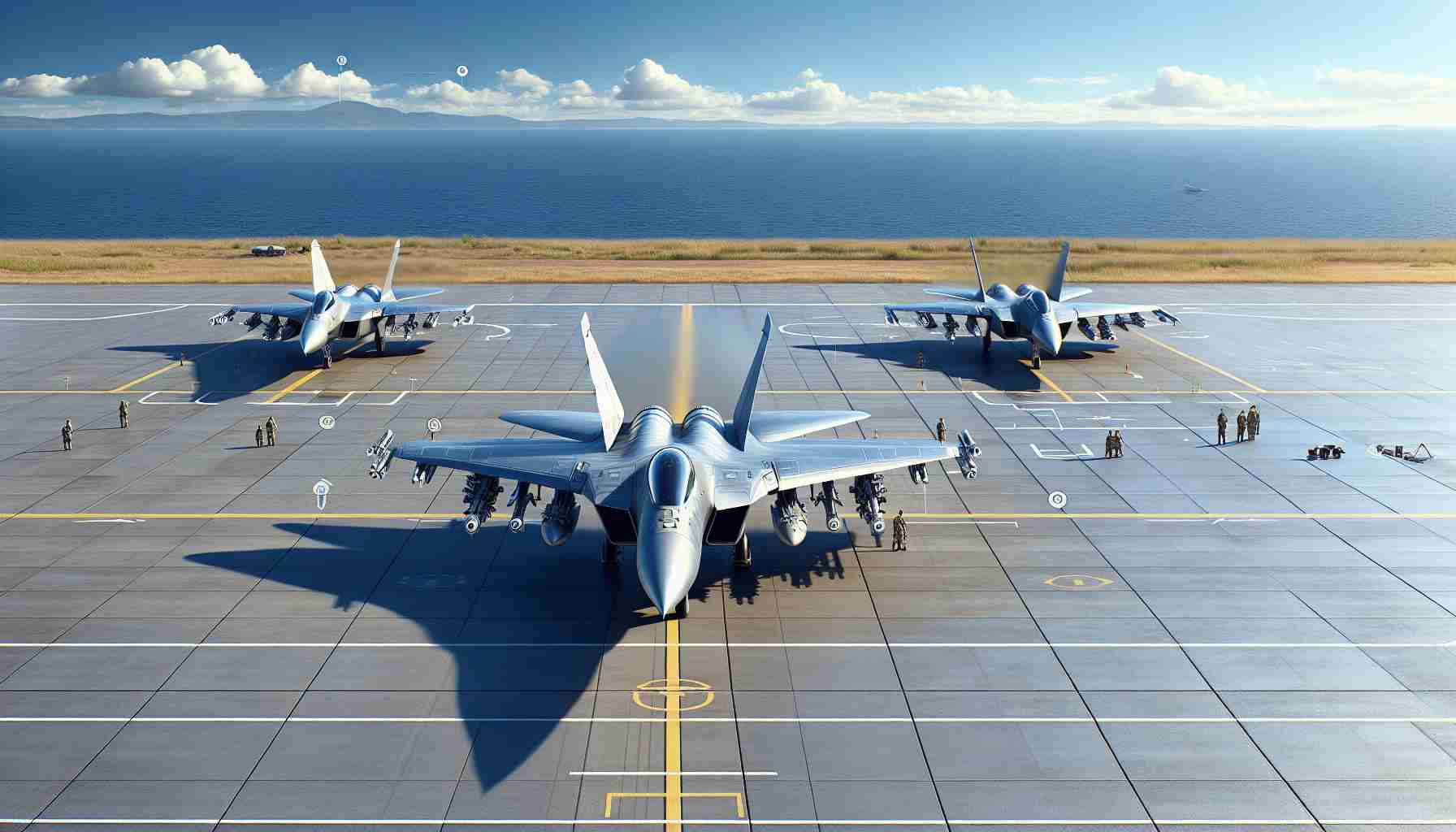- Iran is seeking to enhance its air defense by acquiring Russian Sukhoi Su-35 fighter jets.
- While the Su-35 has advanced capabilities, it alone cannot resolve Iran’s deep-rooted air defense challenges.
- Iran’s military infrastructure requires significant modernization due to years of sanctions.
- Challenges include outdated support systems, limited pilot training, and adapting to modern aerial warfare.
- The effectiveness of the Su-35s depends on successful integration with existing military technology.
- Iran’s path to improved air sovereignty is complex and not solely dependent on new aircraft acquisitions.
In a bold maneuver to bolster its air defenses, Iran has turned to Russia for the powerful Sukhoi Su-35 fighter jets. However, this acquisition might not be the magic solution Tehran hopes for. While the Su-35 is a formidable aircraft with advanced capabilities, it won’t single-handedly transform Iran’s military prowess or shield its skies effectively.
The reality is that Iran’s air defense issues run deep. Years of sanctions have left their military infrastructure weakened and in dire need of modernization. Even with the Su-35s soaring through the sky, they face a host of challenges including outdated support systems, limited training for pilots, and the ever-evolving landscape of aerial warfare.
Picture a lone eagle among a flock of pigeons; the Su-35 may outshine regional rivals, but it cannot defy the limitations imposed on it by a strained defense strategy. The effectiveness of these jets will largely depend on integrating them with Iran’s existing military technology, which remains a significant challenge.
As Iran strives to reclaim its air sovereignty, the hope is that these jets will herald a new era of strength. However, they are merely one piece of a complex puzzle. The key takeaway? Even the mightiest jet can’t soar high without the right crew, systems, and strategy beneath it. Iran’s journey to revitalization may be longer and more arduous than the acquisition of a new fighter jet suggests.
Is the Su-35 a Game Changer for Iran’s Air Force?
The Challenge of Air Defense Modernization
Iran’s acquisition of the Sukhoi Su-35 fighter jets from Russia is indeed a significant step in their defense strategy, but it’s essential to understand the broader context of Iran’s military challenges. While the Su-35 boasts features such as thrust vectoring, advanced avionics, and a sophisticated radar system, these advantages alone might not be enough to overcome Iran’s inherent limitations in terms of air defense capabilities.
Key Features of the Su-35
The Su-35 fighter jet is equipped with several advanced technologies:
– Super Maneuverability: Thanks to its thrust vectoring capabilities, it can perform complex aerial maneuvers.
– Advanced Avionics: The onboard systems offer enhanced situational awareness and targeting.
– Long-Range Strike Capability: It can engage targets at considerable distances with precision.
– Stealth Features: While not stealthy in the traditional sense, it has a reduced radar cross-section due to design improvements.
Limitations and Challenges
Despite these strengths, there are critical limitations that Iran will face:
1. Integration Issues: Integrating the Su-35 with outdated systems from its current fleet and adapting them for contemporary aerial combat remains a daunting task.
2. Pilot Training: Pilots require extensive training to harness the full capabilities of the Su-35 effectively.
3. Logistics and Maintenance: Managing supply chains for parts and maintenance support tormented by sanctions will complicate operations.
Market Forecast: Future of Iran’s Air Defense
The forecast for Iran’s air defense capabilities hinges on the swift integration of these aircraft into their military infrastructure. Analysts suggest that without significant investments in training and support systems, Iran may struggle to maximize the utility of the Su-35, leading to a mixed operational performance in regional conflicts. Furthermore, geopolitical considerations, including evolving relationships with powers like China and Russia, will influence the military dynamics in the Middle East.
Related Questions
1. How will the Su-35 compare against potential adversaries in the region?
– The Su-35 may outclass older aircraft in neighboring countries, but newer systems, such as the F-35, provide stealth and advanced capabilities that could counter its strengths.
2. What are the implications of Iran’s partnership with Russia for regional security?
– This partnership may increase tensions with Western powers, particularly the US and its allies, as they may see Iran’s military enhancement as a threat to stability in the region.
3. What additional steps must Iran take to enhance its military capabilities beyond acquiring new aircraft?
– Beyond acquiring the Su-35, Iran must invest in upgrading its air defense systems, improving pilot training programs, and maintaining a steady supply chain for parts and munitions to ensure operational readiness.
Insights into Iran’s Defense Strategy
The situation illustrates a broader trend of countries striving to modernize their military capabilities in response to changing threats. Iran’s focus on acquiring advanced fighter jets is just a part of a larger strategy that includes developing drone technology and enhancing missile capabilities.
For further insights on Iran’s military evolution and geopolitical implications, visit Janes for analysis on defense and security trends.
